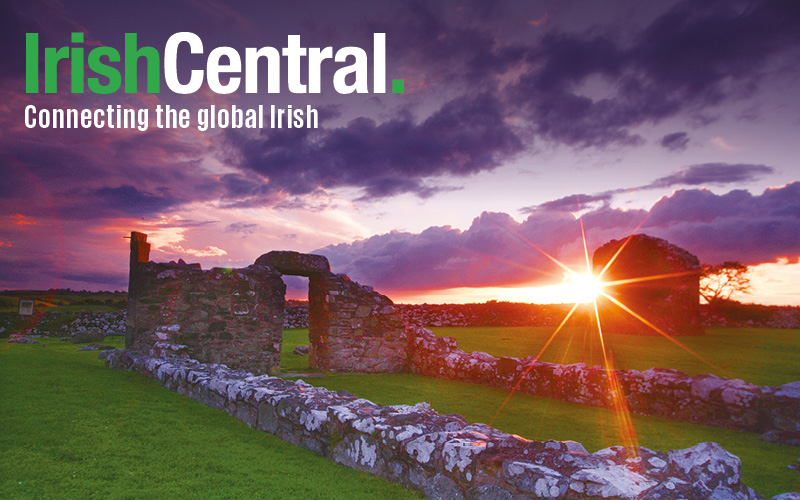Quinnipiac University President John L Lahey has announced that Ireland’s Great Hunger Museum, Museam An Ghorta Mór, home to the world’s largest collection of visual art, artifacts and printed materials relating to the Irish Famine, will open on 11th October 2012.
Lahey said “The museum will preserve, build and present its art collection in order to stimulate reflection, inspire imagination and advance awareness of Ireland’s Great Hunger and its long aftermath on both sides of the Atlantic.”
The president of the Quinnipiac University has been widely honored for his visionary leadership in assembling the collection, begun in 1997 when he was grand marshal of the New York City St Patrick’s Day Parade. The Consulate General of Ireland exhibited the collection in 2010.
The collection focuses on the famine years from 1845-52, when blight destroyed virtually all of Ireland's potato crops for consecutive years. The crop destruction, coupled with British governmental indifference to the plight of the Irish, who at the time were part of the United Kingdom, resulted in the deaths of 1.5 million Irish men, women and children and the emigration of more than 2 million to nations around the world. This tragedy occurred even though there was more than adequate food in the country to feed its starving populace. Exports of food and livestock from Ireland actually increased during the years of the Great Hunger.
Works by noted contemporary Irish artists will be featured at the museum, including internationally known sculptors John Behan, Rowan Gillespie and Eamonn O’Doherty; as well as contemporary visual artists, Robert Ballagh, Alanna O’Kelly, Brian Maguire and Hughie O’Donoghue. Featured paintings also will include several important 19th and 20th‐century works by artists such as James Brenan, Daniel MacDonald, James Arthur O’Connor and Jack B. Yeats.
Museum programs, including tours of the collection, discussions, films, plays and concerts, will educate the general public, scholars, researchers, artists and students about the richness of Irish culture and the high quality of its visual arts in particular.
The 4,750-square-foot museum will offer a unique opportunity for people of all ages and backgrounds to explore the largely unrepresented, unspoken and unresolved causes and consequences of the Great Hunger, as well as to appreciate the art that it continues to inspire.
A weeklong program of cultural events and lectures culminating in a Dedication Day on Friday, 28th September, will mark the museum’s official opening.
Gerry Adams, president Sinn Féin, the Irish national political party, will deliver the lecture, “Irish America and the Struggle for Freedom in Ireland,” at 8 pm on Tuesday, 25th September at Burt Kahn Court on the Mount Carmel Campus.
Catherine Marshall, senior curator and head of the collection at the Irish Museum of Modern Art, will moderate the panel discussion “Depicting the Great Hunger Through Art,” at 3:30 pm on Thursday, 27th September in the Grand Courtroom of the School of Law Center. This event is free and open to the public. Marshall will moderate a conversation between Irish artists, including Robert Ballagh, John Behan, Brian Maguire and Geraldine O’Reilly.
Christine Kinealy a world-renowned authority on the Irish Famine, will deliver the lecture, “Fifty Years of the Great Hunger: The Remarkable Legacy of Cecil Woodham-Smith,” at 7 pm on Thursday, 27th September, in the Grand Courtroom of the School of Law Center.
Lahey said, “The building, which houses our new museum, was purchased after the success of the New York show and dates from the late 19th century when it was originally used as Hamden’s first free public library. After some significant renovation, it’s perfect for its new use, and we very much look forward to presenting it to the world.”
The museum is located at 3011 Whitney Avenue, Hamden, CT, near the university’s Mount Carmel and York Hill campuses. The museum will be open to the public on 11th October.




Comments